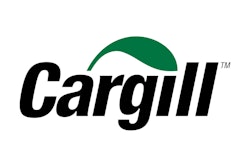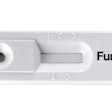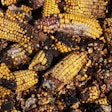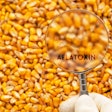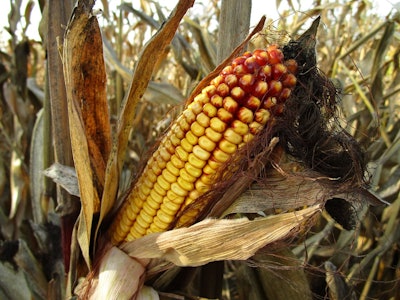
In the most recent pdate, over 653 samples of feed and feedstuffs from 30 states have been analyzed and compiled into this Biomin® PROcheck Mycotoxin Report for June 2019.
Take a look at the top-line trends below and click here to see the full report on mycotoxin prevalence across the U.S.
Corn
- 98% of ground corn samples are positive for at least one mycotoxin, vs 89% in 2017
- 74% of samples have more than one mycotoxin, vs 47% in 2017
- Aflatoxin prevalence in dry corn increased to 9% vs 4% in 2017, with average contamination levels increasing over four fold.
- Deoxynivalenol (vomitoxin) prevalence rose to 77% vs 70% in 2017, with average contamination level increasing by 43%
- Fumonisin prevalence jumped to 79% vs 52% in 2017, with average contamination levels increasing by 35%
- Zearalenone prevalence increased to 46% vs 25% in 2017, with average contamination levels remaining steady
Corn By-Product
- 96% of samples are positive for at least one mycotoxin, vs 100% in 2017
- 91% of samples have more than one mycotoxin, vs 94% in 2017
- Aflatoxin prevalence decreased to 1% vs. 9% in 2017, both years with similar and low contamination levels.
- Deoxynivalenol (vomitoxin) prevalence decreased slightly to 95% vs 99% in 2017, with average contamination level increasing by 43%
- Fumonisin prevalence is 89% vs 91% in 2017, with average contamination levels remaining steady.
- Zearalenone prevalence is 85% vs 80% in 2017, with average contamination level nearly 2.6 fold
Corn Silage
- 93% of samples are positive for at least one mycotoxin, vs 91% in 2017
- 65% of samples have more than one mycotoxin, vs 30% in 2017, a drastic increase in co-contamination.
- Aflatoxin prevalence is 1% with low average contamination levels.
- Deoxynivalenol (vomitoxin) prevalence has increased slightly to 90% vs. 85% in 2017, with average contamination level more than doubling.
- Fumonisin prevalence increased to 25% vs 12% in 2017, with average contamination levels increasing by nearly 10%
- Zearalenone prevalence jumped to 61% vs 26% in 2017, with average contamination level more than doubling
These contamination levels present MEDIUM to HIGH risk for all livestock and poultry species depending on toxin and feed ingredient type.
Overall, producers in the Midwest should be on the lookout for the impacts from deoxynivalenol and zearalenone, while Southern states should be vigilant regarding fumonisin and aflatoxin contamination.





